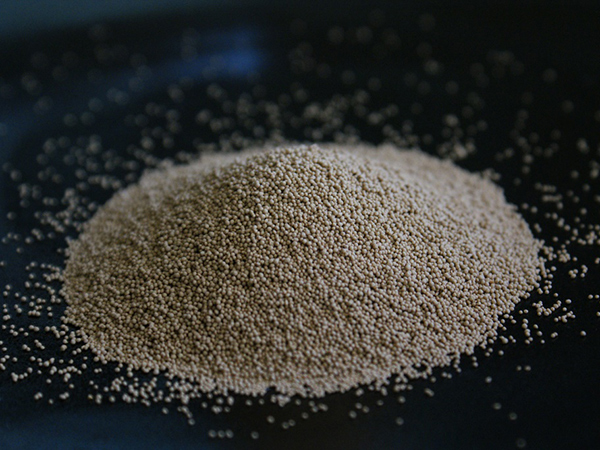How to Sand 3D Prints A Comprehensive Guide
3D printing has revolutionized the way we create objects, offering an impressive freedom of design and customization. However, the finishes of 3D prints can often leave much to be desired. Layer lines, surface roughness, and other imperfections are typical with techniques like Fused Deposition Modeling (FDM) and Stereolithography (SLA). To achieve a smooth and professional finish, sanding your 3D print is an essential technique. This guide will walk you through the process, tools needed, techniques to use, and tips for achieving the best results.
Understanding the Basics of 3D Print Materials
Before diving into sanding techniques, it’s crucial to acknowledge the types of materials used in 3D printing. Common materials include PLA, ABS, PETG, and resin. Each material behaves differently when sanded
- PLA (Polylactic Acid) This is the easiest material to sand due to its rigid structure. It can be sanded smoothly and takes paint well. - ABS (Acrylonitrile Butadiene Styrene) ABS can be sanded but tends to produce a rougher finish due to its porous nature. It often requires additional preparation, like vapor smoothing, to achieve a polished look. - PETG (Polyethylene Terephthalate Glycol) PETG is tougher than PLA but can also be sanded. It is best to work with finer sandpaper to avoid scratching. - Resin Resin prints print with high detail, but they also require careful sanding to avoid cloudiness. They are typically solid and can be polished beautifully.
Tools and Materials Needed for Sanding
To achieve the best results, you will need the following tools and materials
1. Sandpaper Start with coarse grit (around 80-120) to remove larger imperfections. Gradually move to finer grits (220, 400, 600, and up to 1000) for a smoother finish. 2. Sanding Sponge or Block This helps to apply even pressure and get into tight areas. 3. Water (optional) Wet sanding, which involves using water with fine grit sandpaper, can help reduce dust and achieve an even finer finish. 4. Dust Mask & Safety Goggles These protect you from inhaling fine particles and shield your eyes. 5. Polishing Compound After sanding, a polishing compound can offer a shiny finish.
Step-by-Step Sanding Process
1. Preparation Ensure the item is clean and free of dust or debris. If the item has large support structures or rafts, remove them carefully before sanding.
how to sand 3d prints

2. Initial Sanding Begin with the coarse grit sandpaper. Focus on the layer lines and rough areas, sanding evenly and smoothly. Keep movement consistent to avoid creating uneven surfaces.
3. Progress to Finer Grits After achieving a rough smoothness, switch to finer grits. Sand lightly, using a circular motion or consistent strokes, to smooth out the surface further.
4. Wet Sanding (optional) For a smoother finish, wet sanding can be beneficial. Use fine grit sandpaper with water, which will help minimize dust and produce a more polished surface.
5. Inspect Your Work Periodically inspect your print under good lighting. Look for areas you may have missed and address them with sandpaper.
6. Final Polish Once you’re satisfied with the sanding, apply a polishing compound to enhance shine and smoothness. Buff the surface gently to bring out a glossy finish.
Additional Tips
- Patience is Key Sanding can be time-consuming. Take your time to ensure you achieve the desired result. - Keep it Cool If sanding generates heat, particularly with ABS, it can warp the material. Keep your sanding sessions quick and allow time to cool if necessary. - Practice on a Test Piece If you’re new to sanding or working with a new material, practice on a test print first to get a feel for how the material responds.
- Consider Alternative Finishing Methods Besides sanding, there are alternative methods like acetone vapor smoothing (for ABS) or using a primer and paint for finishing touches.
Conclusion
Sanding 3D prints is a valuable skill for anyone looking to produce high-quality finished products. By following the steps outlined in this guide, you can effectively reduce imperfections and create smooth, aesthetically pleasing results. With practice and patience, your 3D-printed items can achieve a professional look that highlights your creative efforts.
Post time:Lap . 25, 2024 05:02
Next:An Overview of the Sand Casting Process and Its Applications in Manufacturing
